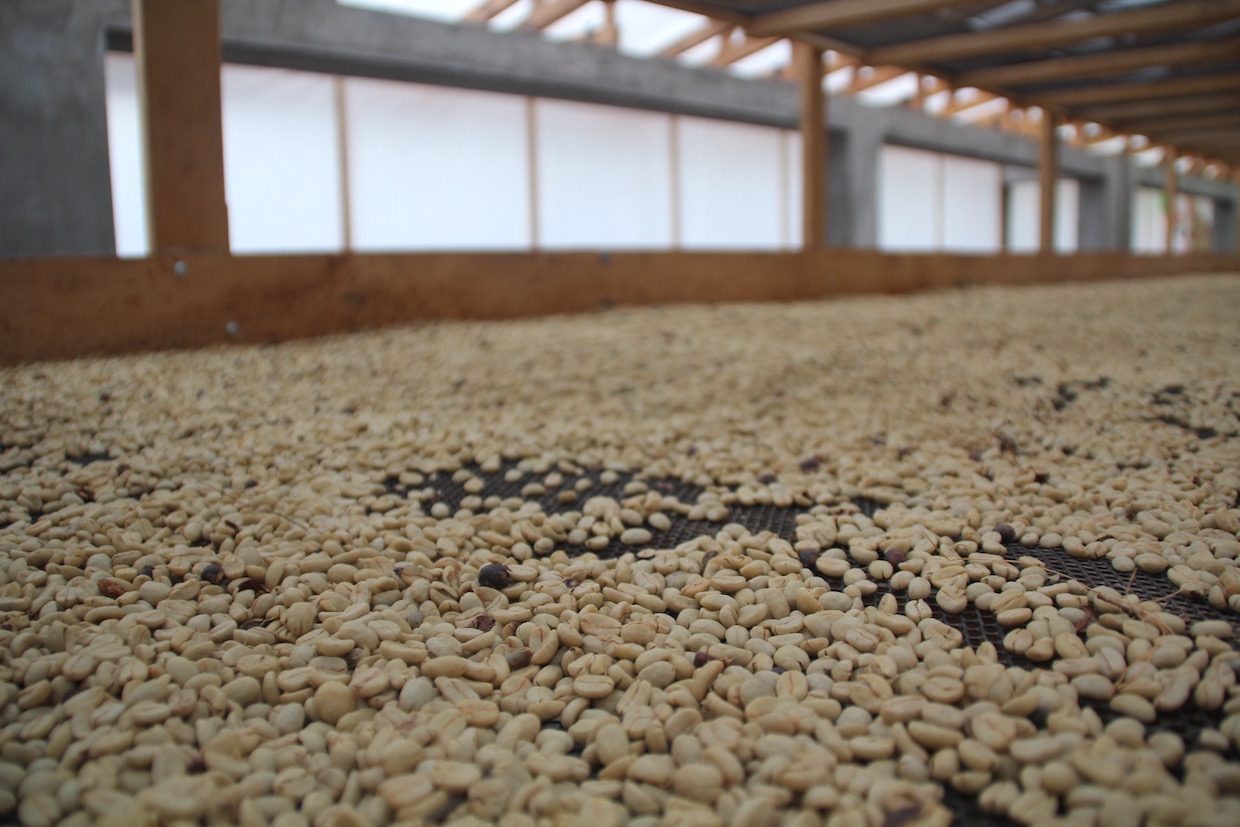If you are currently following a ketogenic diet, also called keto, then you have probably…

Coffee Economics with Karl: How Do Microlots Work?
What if paying a farmer double the commodity price for their single-farm microlots could actually leave them worse off than had they just sold everything into the commodity market?
This is the question at the center of the latest episode of Coffee Economics with Karl, featuring the insights of Karl Wienhold of Colombian coffee trading company Cedro Alto.
In the episode, Wienhold challenges the popular narrative in contemporary specialty coffee that simply paying higher prices for traceable single-farm coffees results in a win-win for roasters and farmers through which farmers can reinvest in production improvements, perpetuating a cycle of quality improvements met by higher prices.
As Wienhold explains, this model is grounded far more in mythology than it is in reality, as farmers consistently bear the burden of risk. What if production plummets? Or the definitions of quality change due to buyer preferences? Or buyers disappear altogether?
More often than not, due to a lack of consistent commitments from buyers and the volatile nature of specialized agriculture itself, coffees that could very well be marketed and sold (and priced) as single-farm microlot specialty coffees end up pooled with other coffees and sold at lower prices.
So, back to the original question, “How do microlots work?” In most cases, Wienhold contends, not very well:
See more Coffee Economics with Karl on Youtube.
Related Reading
Nick Brown
Nick Brown is the editor of Daily Coffee News by Roast Magazine. Feedback and story ideas are welcome at publisher (at) dailycoffeenews.com, or see the “About Us” page for contact information.






